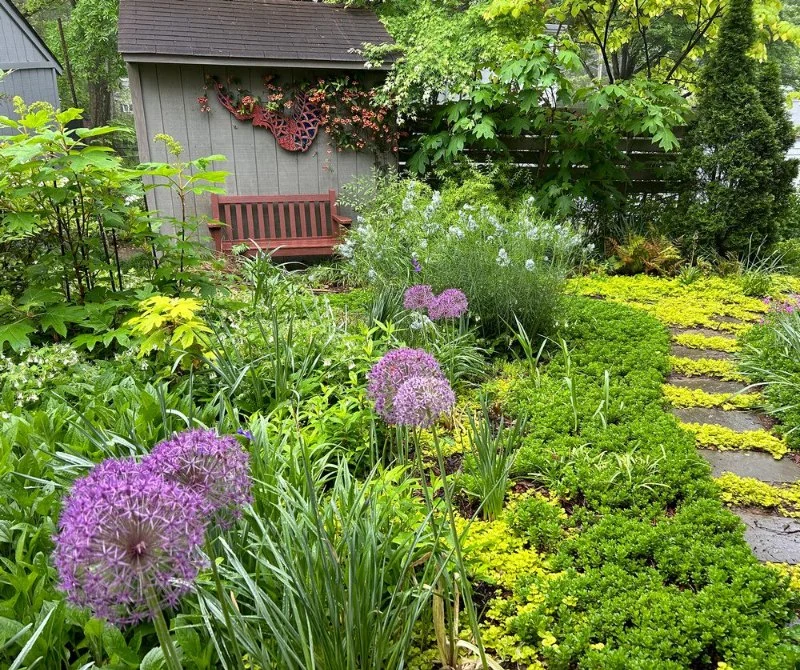
How to Grow Groundcovers That Replace Traditional Lawns
- 1. Benefits of Groundcovers Over Traditional Lawns
- 2. Types of Groundcovers to Consider
- 3. How to Plant Groundcovers Successfully
- 4. Maintenance Tips for Groundcovers
- 5. Environmental Impact of Groundcovers
- 6. Real-World Examples of Groundcover Use
1. Benefits of Groundcovers Over Traditional Lawns
Groundcovers offer several advantages over traditional lawns, making them an excellent choice for homeowners looking for an alternative to conventional grass. These plants provide low-maintenance landscaping, conserve water, and reduce the need for chemical fertilizers and pesticides. They also help prevent soil erosion and provide habitat for beneficial insects and wildlife.
One of the biggest benefits is the reduction in water consumption. While traditional lawns often require frequent watering, groundcovers are more drought-tolerant and can thrive with less irrigation. This makes them an eco-friendly option, particularly in areas where water conservation is important.
2. Types of Groundcovers to Consider
When choosing groundcovers to replace a traditional lawn, there are several types to consider. The best choice for your yard will depend on factors like climate, soil type, and the amount of sunlight your garden receives. Here are a few popular options:
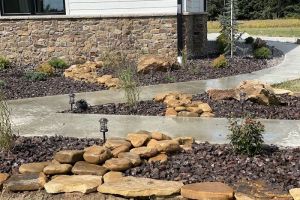
Wolke Nursery Landscaping LLC
SigelCumberland CountyIllinois
481 County Rd 275 E, Sigel, IL 62462, USA
1. Creeping Thyme
Creeping thyme is a fragrant, low-growing plant that forms a dense mat. It is drought-tolerant, requires little maintenance, and produces beautiful purple flowers in the summer. It's perfect for sunny spots and can withstand foot traffic, making it a great option for pathways or garden borders.
2. Clover
Clover is a hardy, fast-growing groundcover that works well in both sun and partial shade. It is also a natural nitrogen fixer, enriching the soil and reducing the need for chemical fertilizers. Clover is often used as a low-maintenance, eco-friendly alternative to traditional lawns.
3. Ground Morning Glory
Ground morning glory is a fast-growing groundcover that thrives in full sun and well-drained soil. Its vibrant flowers attract pollinators and can add a pop of color to your garden. It’s ideal for covering large areas, but keep in mind that it can spread rapidly, so regular maintenance may be required to control its growth.
3. How to Plant Groundcovers Successfully
Planting groundcovers is generally straightforward, but there are a few key steps to follow to ensure successful growth:
1. Prepare the Soil
Start by preparing the soil for your groundcovers. Remove any existing grass or weeds and loosen the soil to improve drainage. You can mix in organic matter like compost to enhance soil fertility and structure.
2. Choose the Right Groundcover
Select a groundcover variety that suits your soil type, sunlight conditions, and local climate. Some groundcovers thrive in full sun, while others are better suited for shady areas. Make sure to choose the right one for your specific needs.
3. Space the Plants Correctly
Ensure you space the plants according to the recommendations for the variety you've chosen. Some groundcovers spread quickly, while others take more time to fill in. Proper spacing will help prevent overcrowding and ensure healthy growth.
4. Maintenance Tips for Groundcovers
Groundcovers are known for being low-maintenance, but they still require some care to thrive. Here are a few tips to help maintain a healthy groundcover garden:
1. Watering
While groundcovers are generally drought-tolerant, they still need regular watering until they are established. Once established, most groundcovers require only occasional watering during dry spells.
2. Fertilizing
Groundcovers typically don't require heavy fertilizing. However, adding a light layer of compost or a slow-release organic fertilizer in early spring can give them a nutrient boost.
3. Pruning
Some groundcovers, such as ground morning glory, may need occasional pruning to keep them from spreading too far. Regular trimming will also help maintain their appearance and prevent them from overtaking other plants in your garden.
5. Environmental Impact of Groundcovers
Groundcovers have a positive impact on the environment by reducing the need for water, chemical fertilizers, and pesticides. They can help prevent soil erosion, particularly on sloped or hilly terrain, by stabilizing the soil with their dense root systems. Additionally, many groundcovers attract pollinators, contributing to the health of local ecosystems.
By replacing traditional lawns with groundcovers, you can create a more sustainable landscape that benefits both your garden and the environment.
6. Real-World Examples of Groundcover Use
Groundcovers have been successfully used in a variety of settings, from residential gardens to public parks and commercial landscapes. Here are a few real-world examples:
1. Residential Gardens
Many homeowners are opting for groundcovers to replace traditional lawns in their gardens. Groundcovers such as creeping thyme, clover, and sedum are popular choices for creating a lush, green lawn alternative that requires less maintenance and water.
2. Public Parks
Groundcovers are also being used in public parks and green spaces. They are especially useful for covering large areas quickly and efficiently, providing an attractive, low-maintenance option for park managers and landscapers.
If you're interested in finding the best products and services for creating a groundcover garden, visit Beautiful Landscapes for the best recommendations.

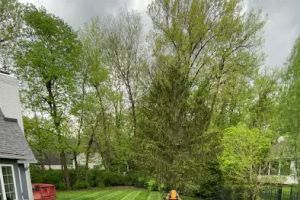
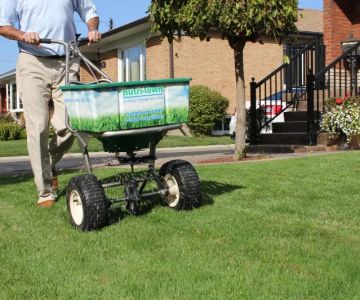

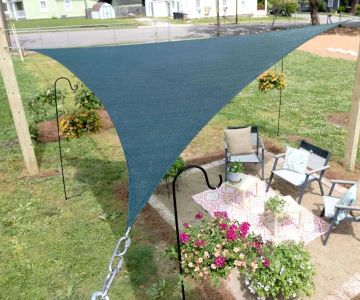
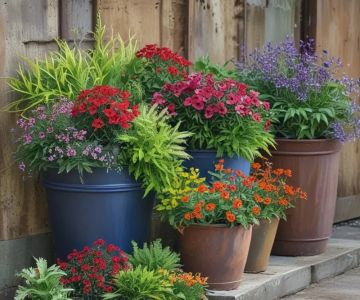

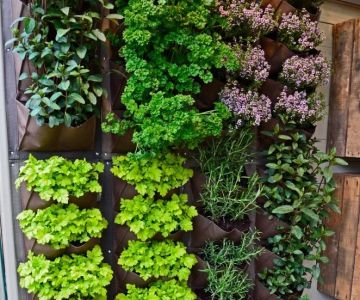
 Green leaves landscaping5.0 (6 reviews)
Green leaves landscaping5.0 (6 reviews) SG Hardscapes & Designs3.0 (7 reviews)
SG Hardscapes & Designs3.0 (7 reviews) Green Effect Lawn And Landscape Management LLC4.0 (30 reviews)
Green Effect Lawn And Landscape Management LLC4.0 (30 reviews)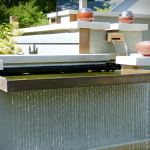 Cornerstone Landscape Group4.0 (6 reviews)
Cornerstone Landscape Group4.0 (6 reviews) Legends Landscaping and Excavating LLC5.0 (1 reviews)
Legends Landscaping and Excavating LLC5.0 (1 reviews) Shreve Services Landscape Materials & Delivery4.0 (64 reviews)
Shreve Services Landscape Materials & Delivery4.0 (64 reviews) How to Create a Butterfly Pathway Through Your Garden
How to Create a Butterfly Pathway Through Your Garden How to Design With Movement: Plants That Sway Gracefully in Your Garden
How to Design With Movement: Plants That Sway Gracefully in Your Garden How to Incorporate Ornamental Trees Into Small Landscapes: A Beginner’s Guide
How to Incorporate Ornamental Trees Into Small Landscapes: A Beginner’s Guide How to Landscape With Succulents & Xerophytes: A Guide to Beautiful, Low-Maintenance Gardens
How to Landscape With Succulents & Xerophytes: A Guide to Beautiful, Low-Maintenance Gardens How to Incorporate Steps & Elevation Into Design for a Beautiful Outdoor Space
How to Incorporate Steps & Elevation Into Design for a Beautiful Outdoor Space How to Design for Low-Light Outdoor Areas
How to Design for Low-Light Outdoor Areas